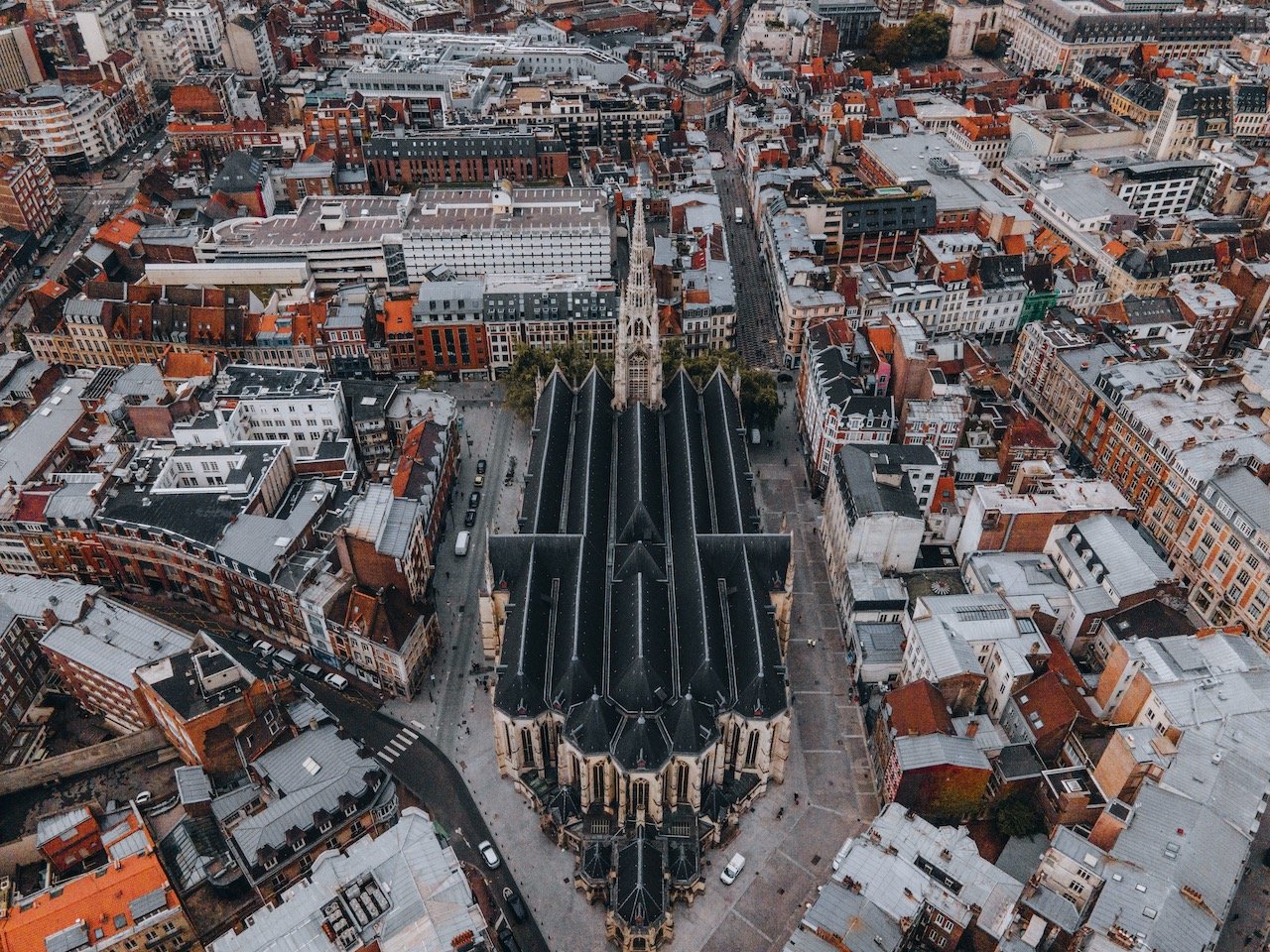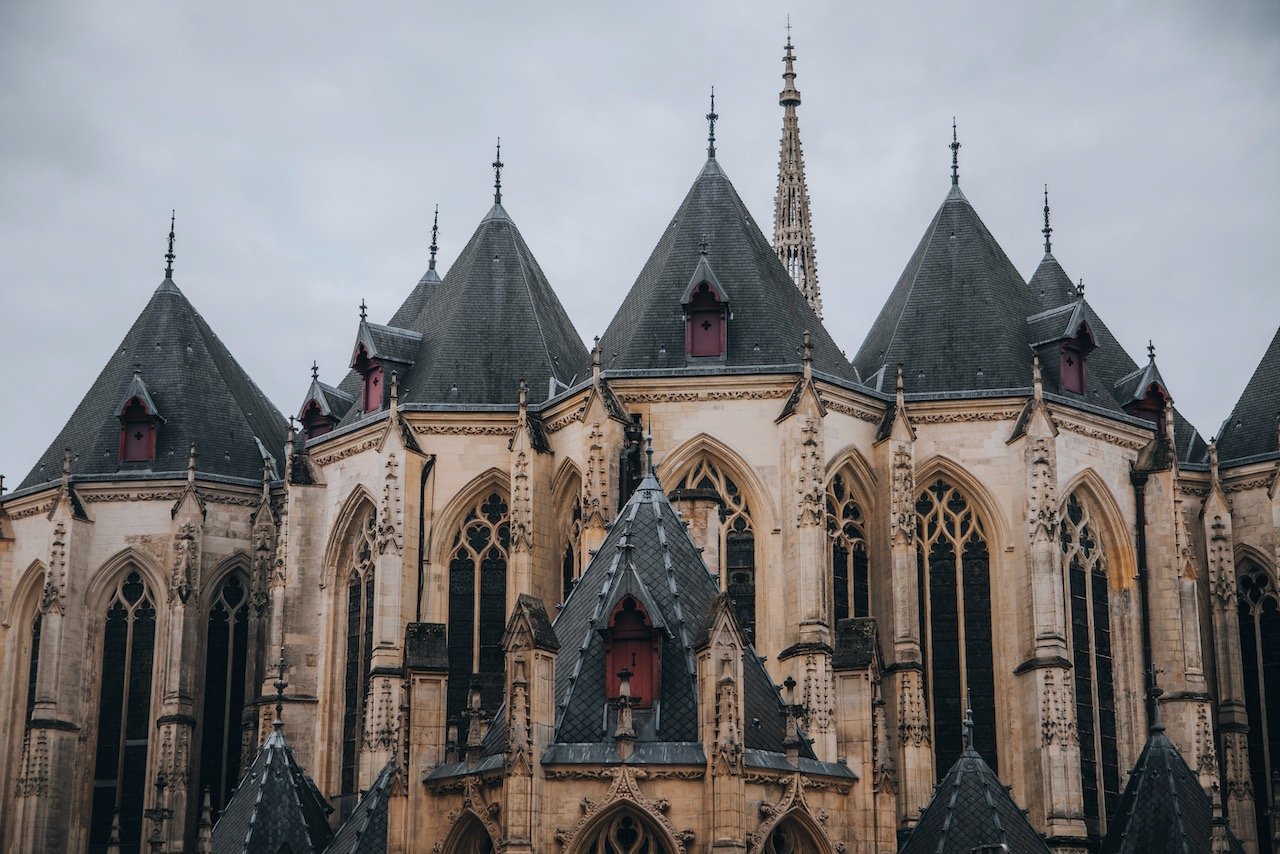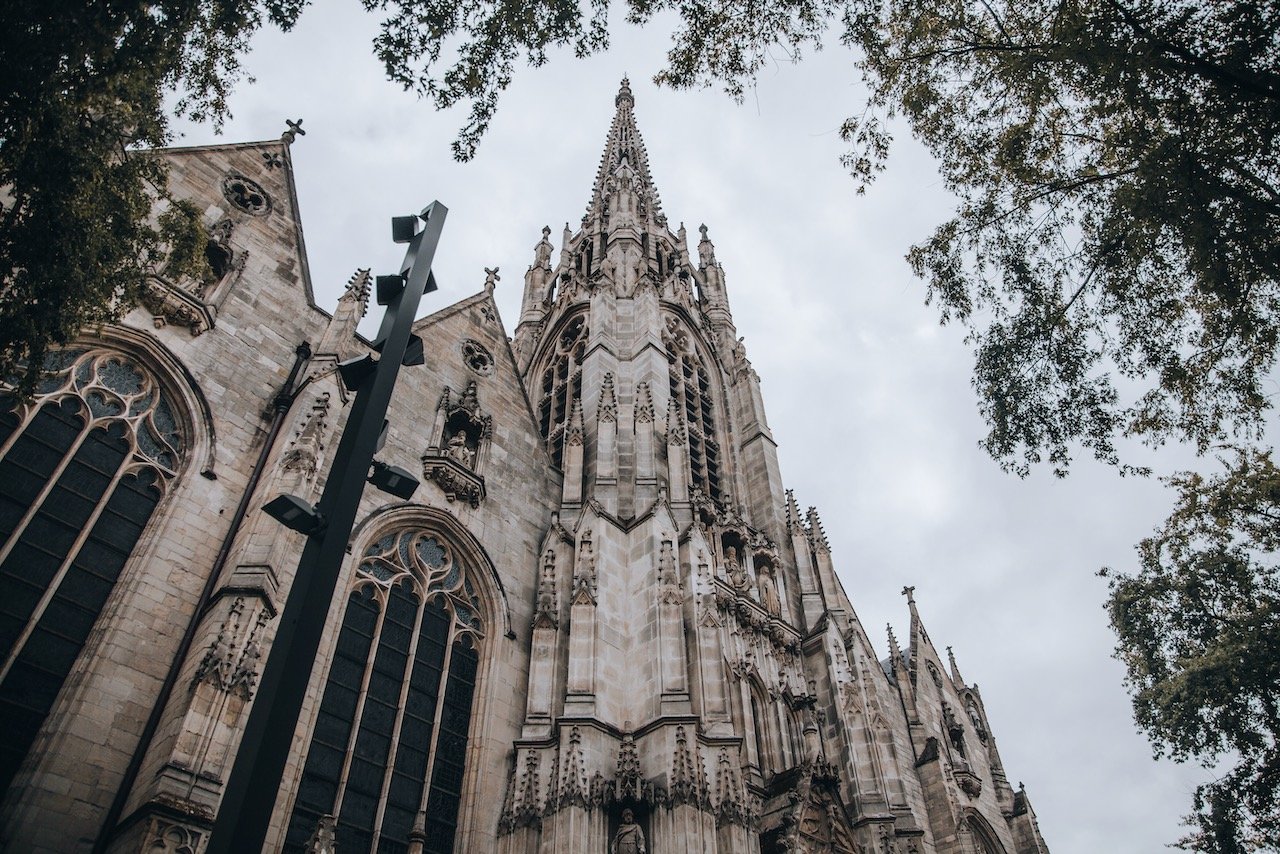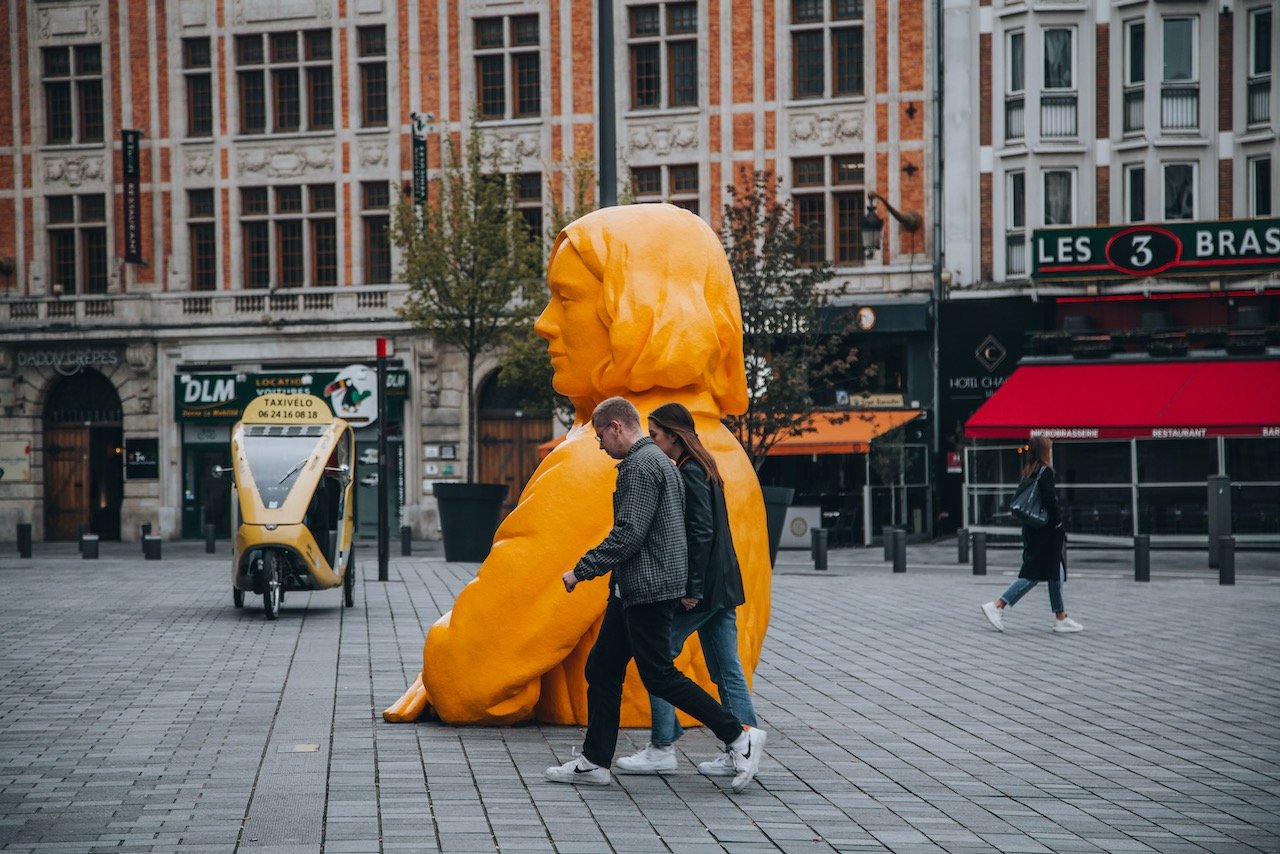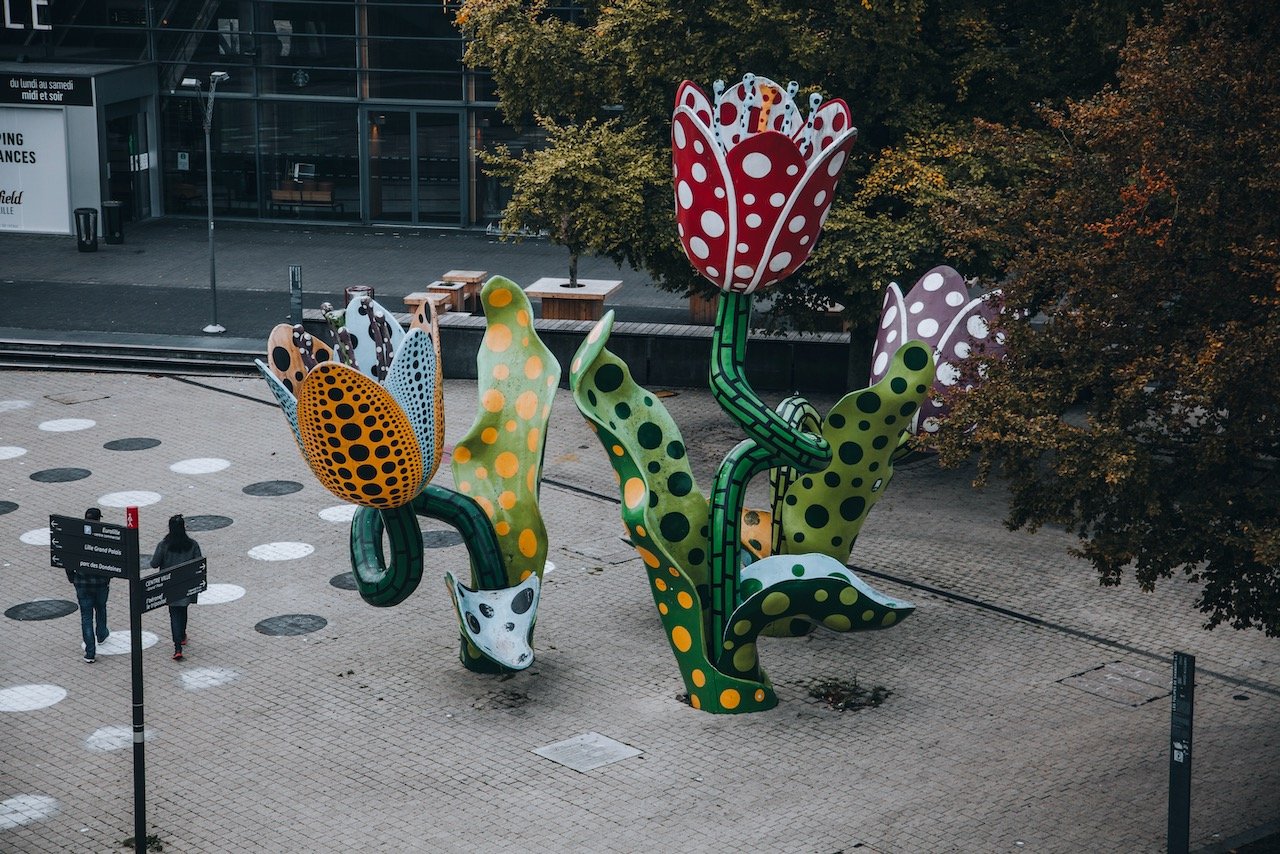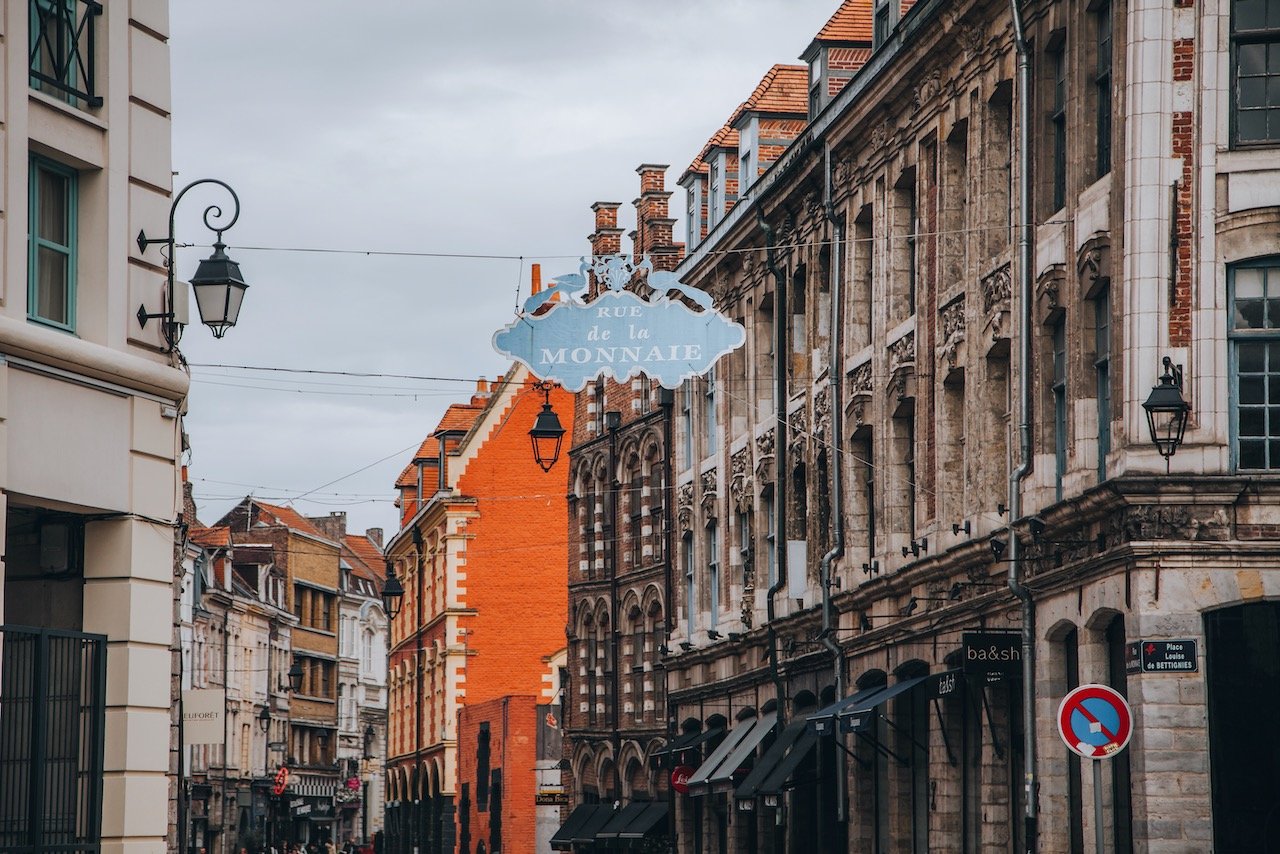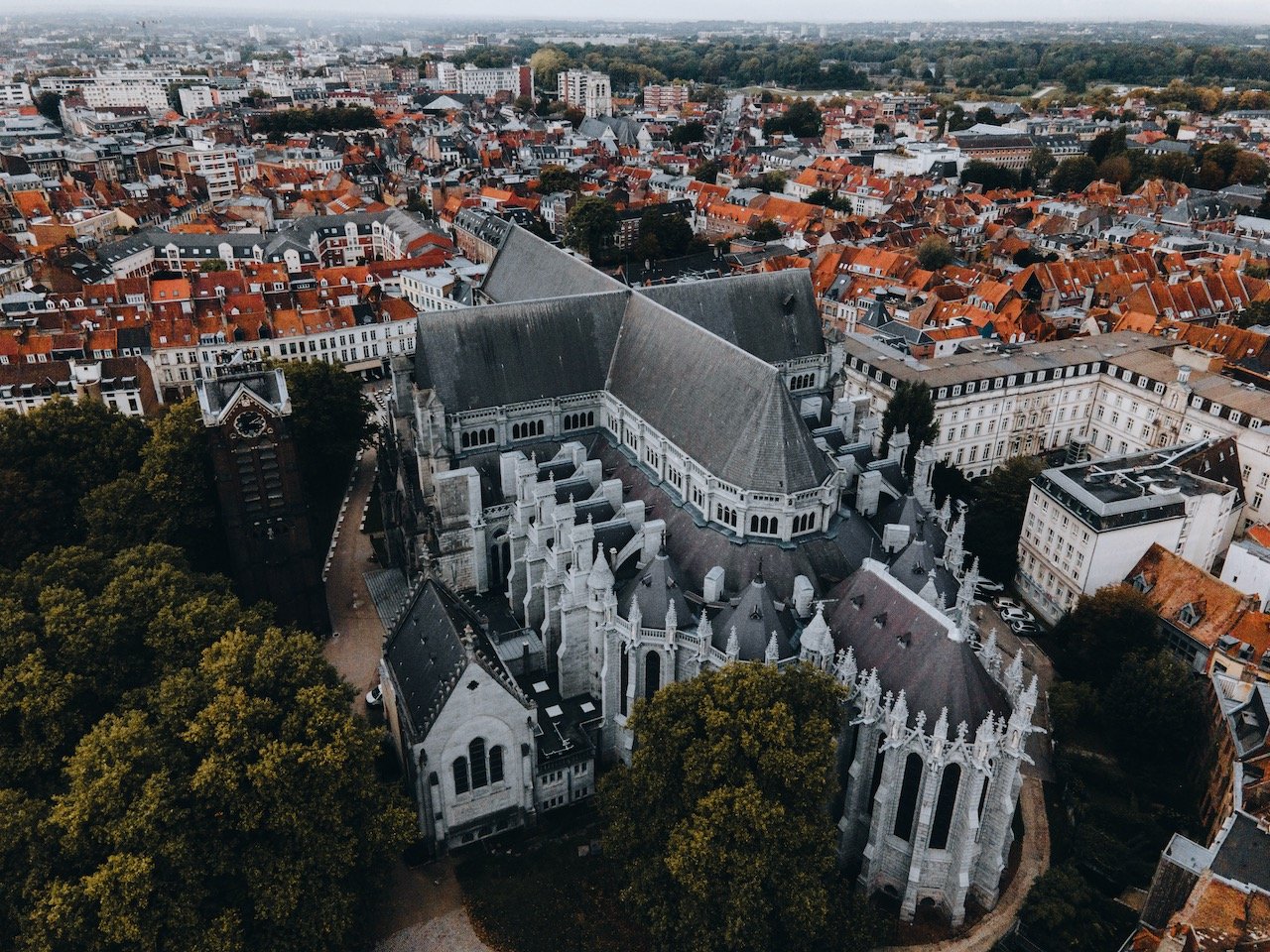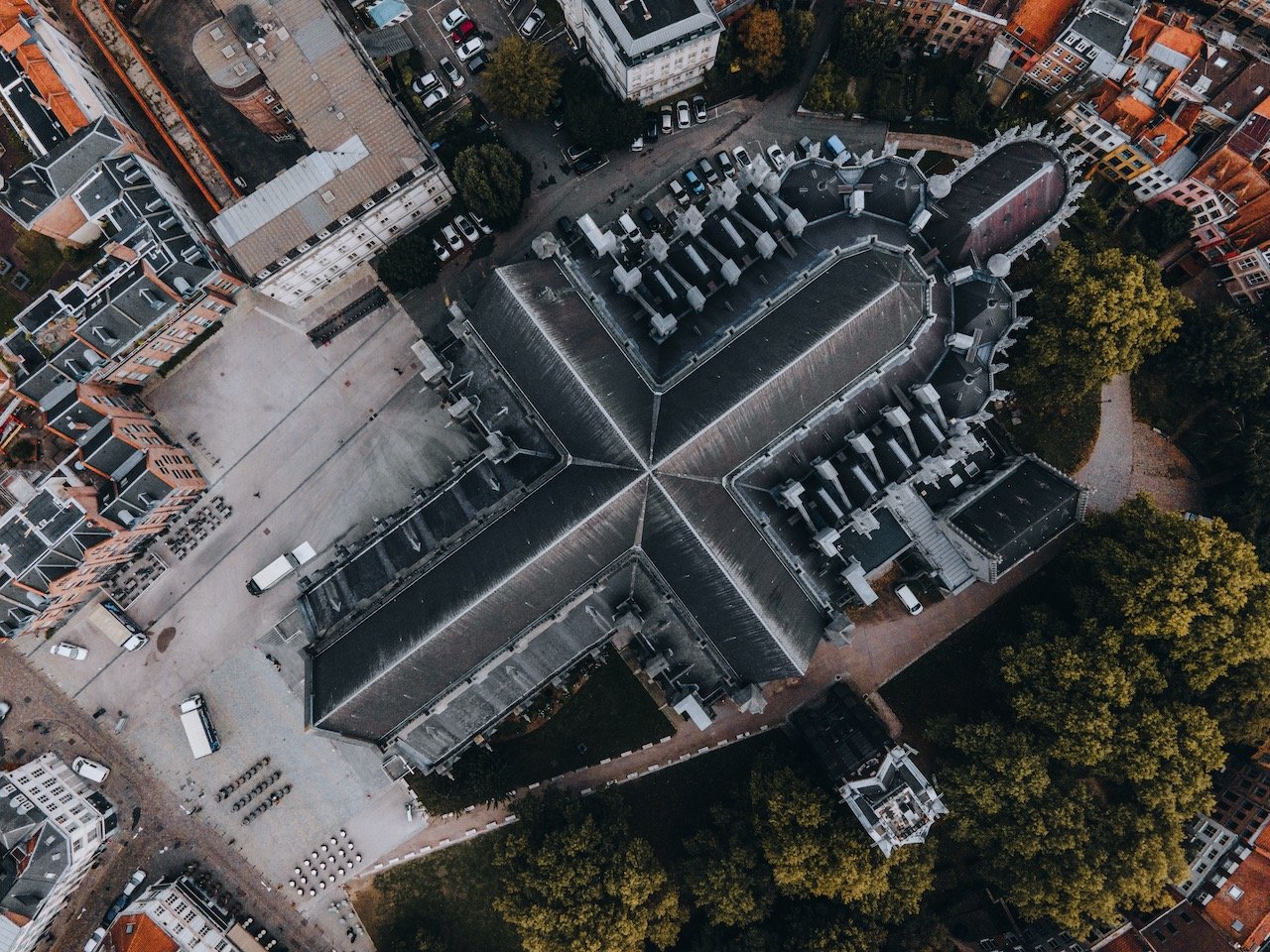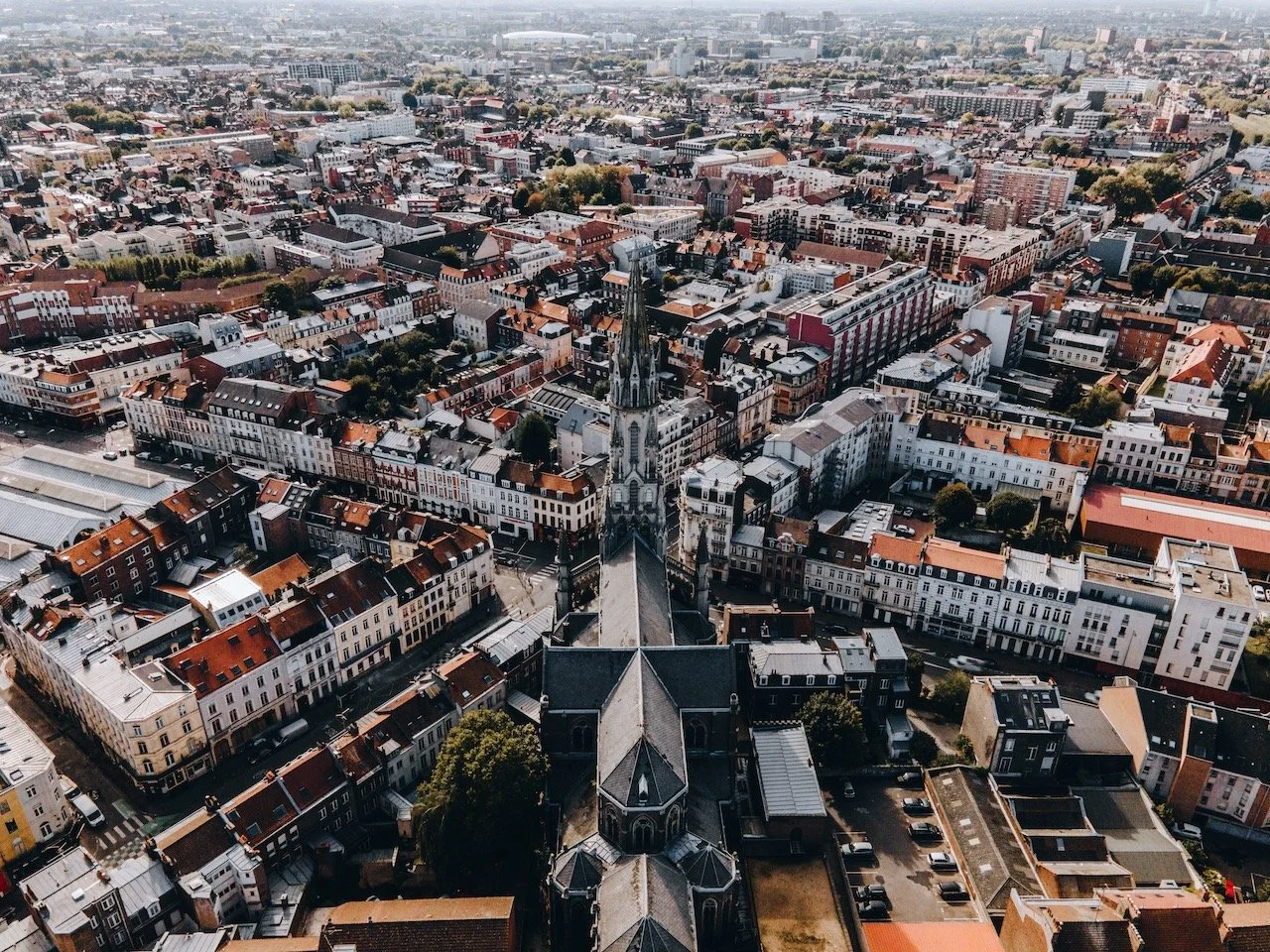What to see in the city of Lille, France
(Some links in this post are affiliate links. If you click through and take action, I'll be compensated.) If you are also interested in any PRINTS from any of my posts, be sure to check out my store where you can buy prints as posters, in metal/wooden frames or on canvas.
I must admit that visiting Lille was a bit of an afterthought while I was first visiting Belgium. I thought that since I was already in Brussels, and Lille is just a short bus ride away, why not?! Plus, I had only seen larger French cities like Paris and Nice, so I thought it would be nice to see the lesser known places in France.
Thought to be inhabited since 2000 BC, Lille is situated right near the French-Belgian border and is the 4th most populous city in France. It bears the nickname the ‘Capital of Flanders’, referencing the historical region of Romance Flanders. Due to its strategic location, Lille has had a long history of being besieged at the hands of different cultures during the Middle Ages to the French Revolution.
Lille was largely derelict from the 1960s onwards, however it was rehabilitated in the 1990s, culminating in the city winning the honor of European Capital of Culture in 2004.
My experience in the city was exceptional; the French people were so kind and hospitable. I took just a day trip to the city, taking the morning bus from Brussels and returning in the same evening but I could have easily stayed for 1 night.
Nonetheless, I will take about some of my favorite places in the city to explore and I will summarize them in a Google Map at the end of this blog post. Check out my drone video of Lille, France below!
Two buildings stood out to me right away upon walking through Lille, one was the Lille Town Hall. I enjoyed it mainly for its architecture as it was built from 1924 to 1932 in the Art Deco/Flemish Neo-Renaissance style. It’s belfry, or belltower, itself is a UNESCO World Heritage Site, which gives great views of the landscape below. You can check it out for yourself during normal business hours.
One such landmark you will see below is the Paris Gate (Porto de Paris). You could easily mistake it for the Arc de Triomphe in Paris, despite its smaller size. But indeed this smaller version was erected in the late 17th century by Louis XIV. The engineer Simon Vollant, sculpted an icon meant to bestow magnificence and grace to his King at the time using an image of Hercules.
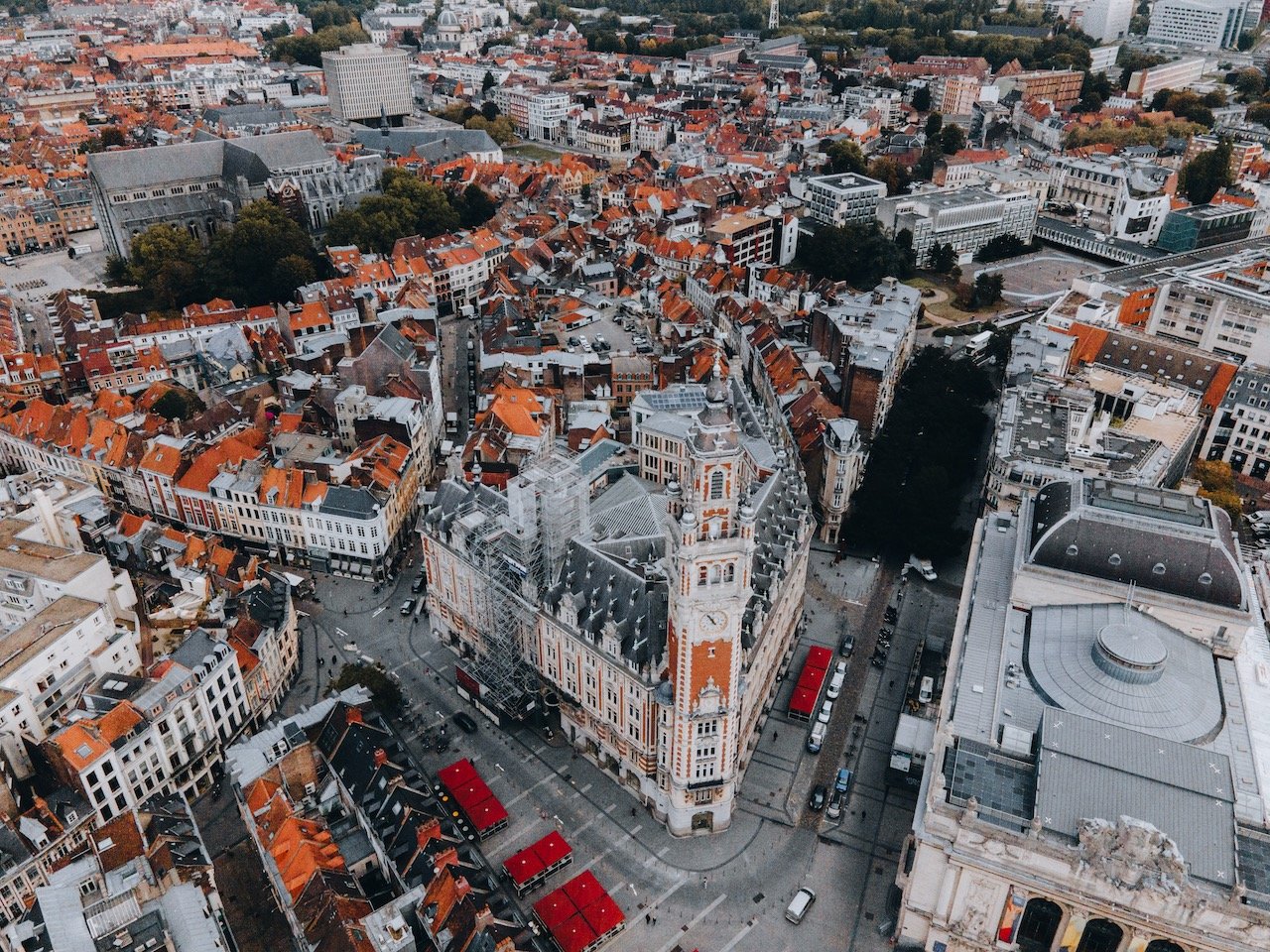
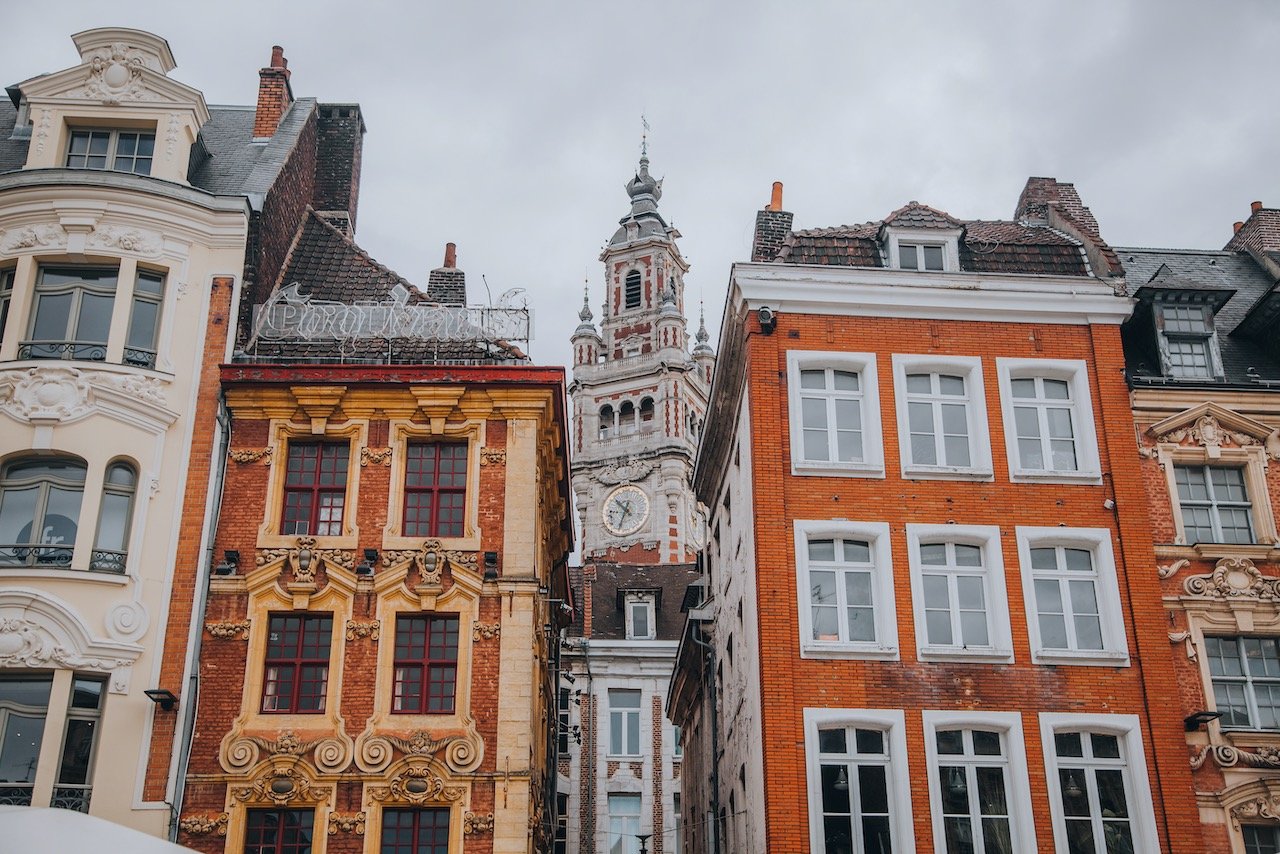
The 2nd building that stood out to me was the Lille Chamber of Commerce Belfry (Yup, another belfry). This was is juxtaposed next to one of the main squares of Lille and sits nestled among other iconic and ornate buildings back in its era. I am not so sure you can go up this belfry but if you have a drone like me…then no problem.
And speaking of ironic and ornate buildings, you can find a huge collections of these at Le Vieux Lille. This area features restored buildings and is therefore reminiscent of ‘Old Lille’. What I really enjoyed were the bold colors of the 17th century building facades and immaculate décor. It felt quintessentially French to me.
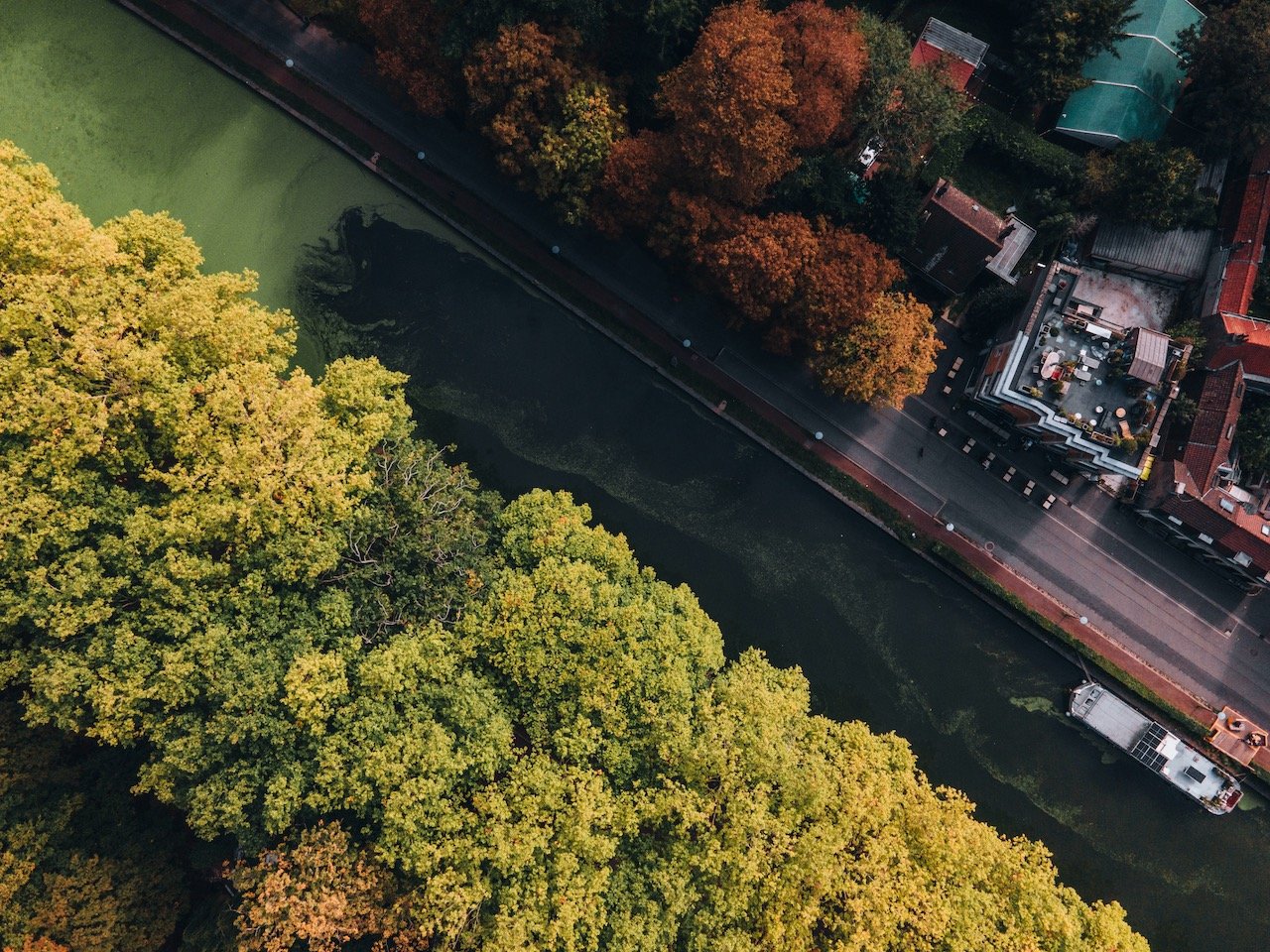
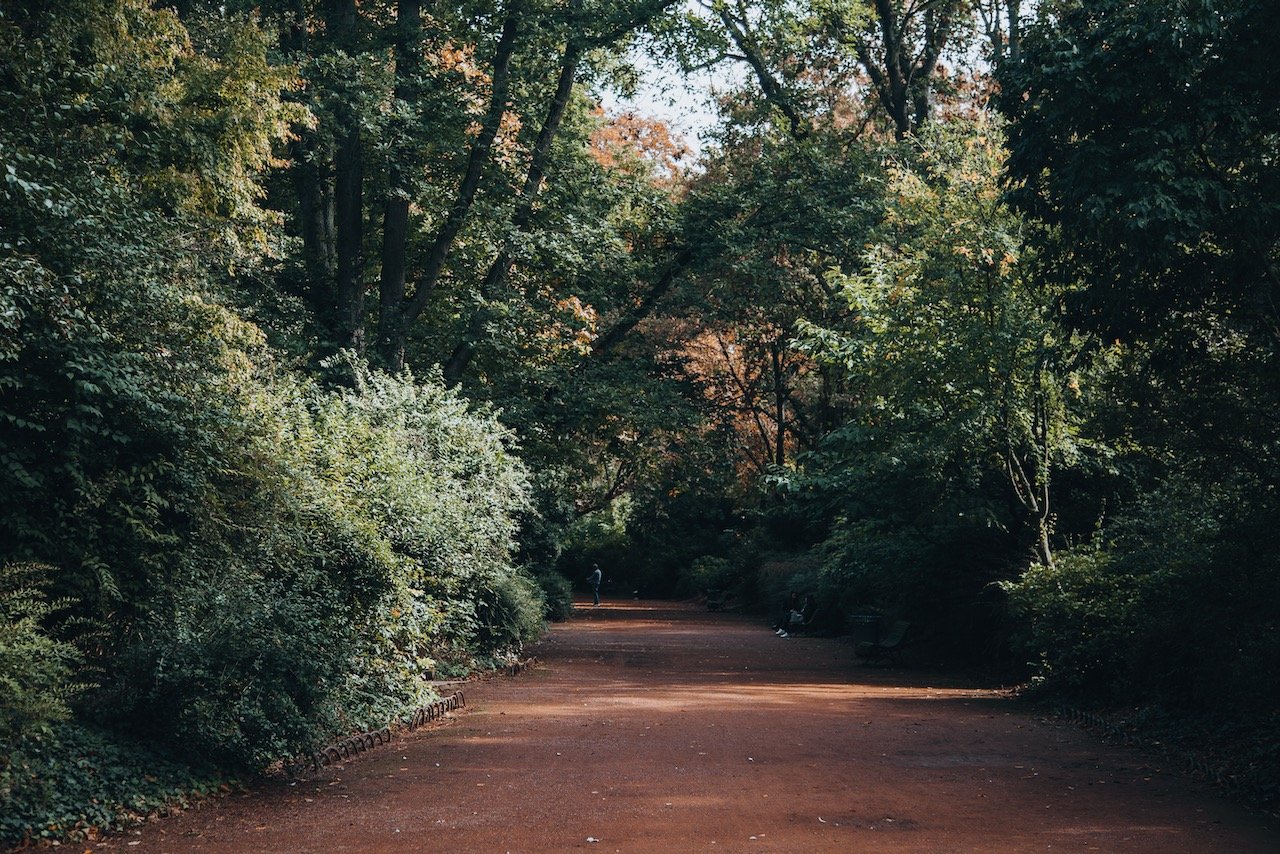
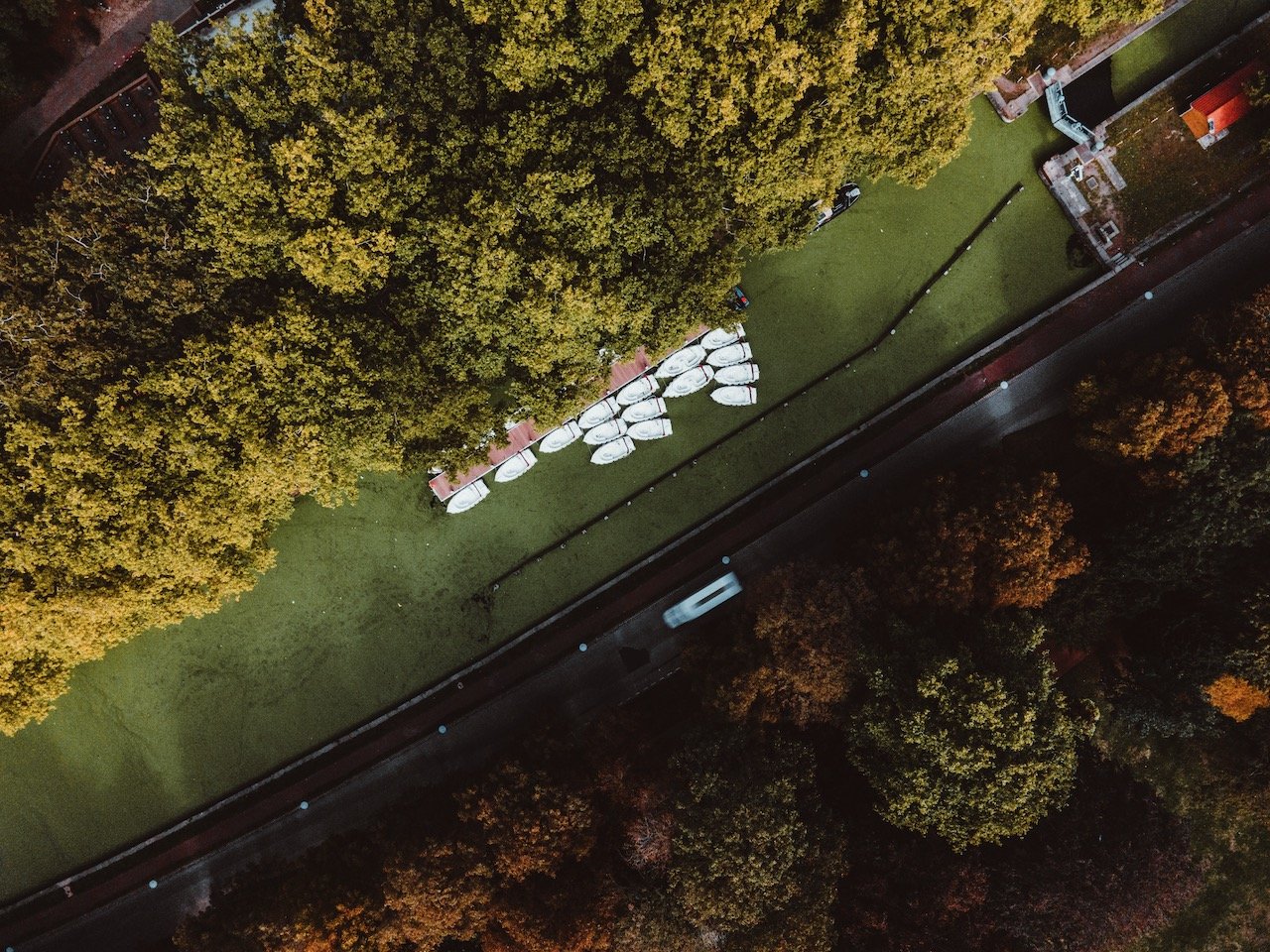
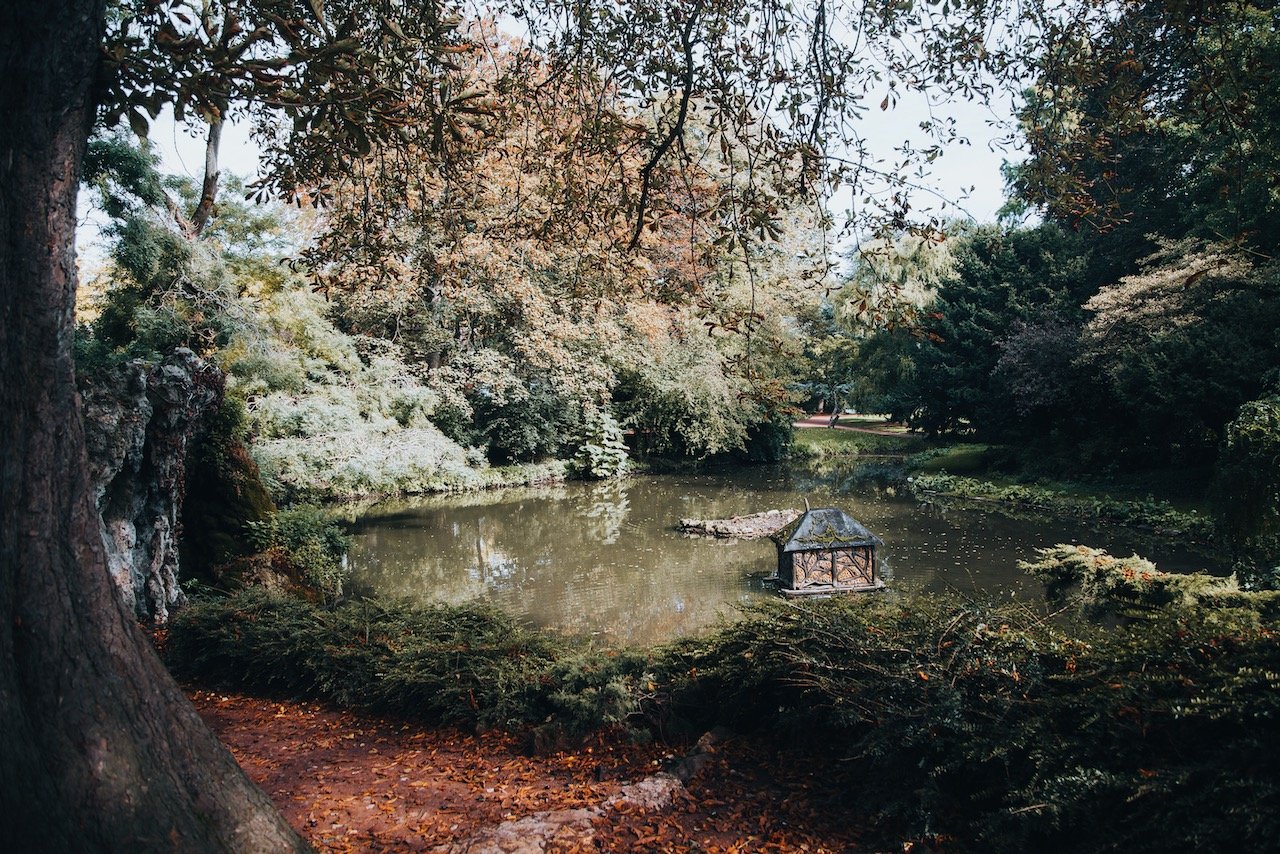
Jardin Vauban is a park near the Lille Citadel which was first erected in 1863. This park is considered a historical monument and was designed by famous landscape architect Jean-Pierre Barillet-Deschamps, who was also the chief gardener in Paris. What I loved about this garden was that it felt like I was in the forest than being in a city. The meandering pathways through the landscape of grottos, ponds, and monuments to Lille personalities made it feel like I was immersed in nature. I highly recommend this spot for a picnic.
The Citadel of Lille (French: Citadelle de Lille; Dutch: Citadel van Rijsel) is a pentagon-shaped fortress in the west part of Lille, built between 1667 and 1670. The citadal was ordered to be constructed by Louis XIV shortly after Lille was taken by French troops from Spain. It was designed by Sébastien Le Prestre de Vauban, otherwise known as Vauban, who was one of the best engineers of his time. The quality of its architecture and incredible state of preservation, along with scale, is what made the citadel so impressive to me. You can easily spend hours exploring the citadel and the areas around it. There are numerous restaurants and small kiosks in the area catering to many different palettes.
One of the most breathtaking spots in Lille has to be the Notre-Dame-de-la-Treille Cathedral, which as the name suggests, is sort of the Lille Notre Dame cathedral, much like the formerly known one in Paris. It is also known as Lille Cathedral and is a Roman Catholic church and much like the other buildings in the Flanders region, has components of Gothic Revival architecture.
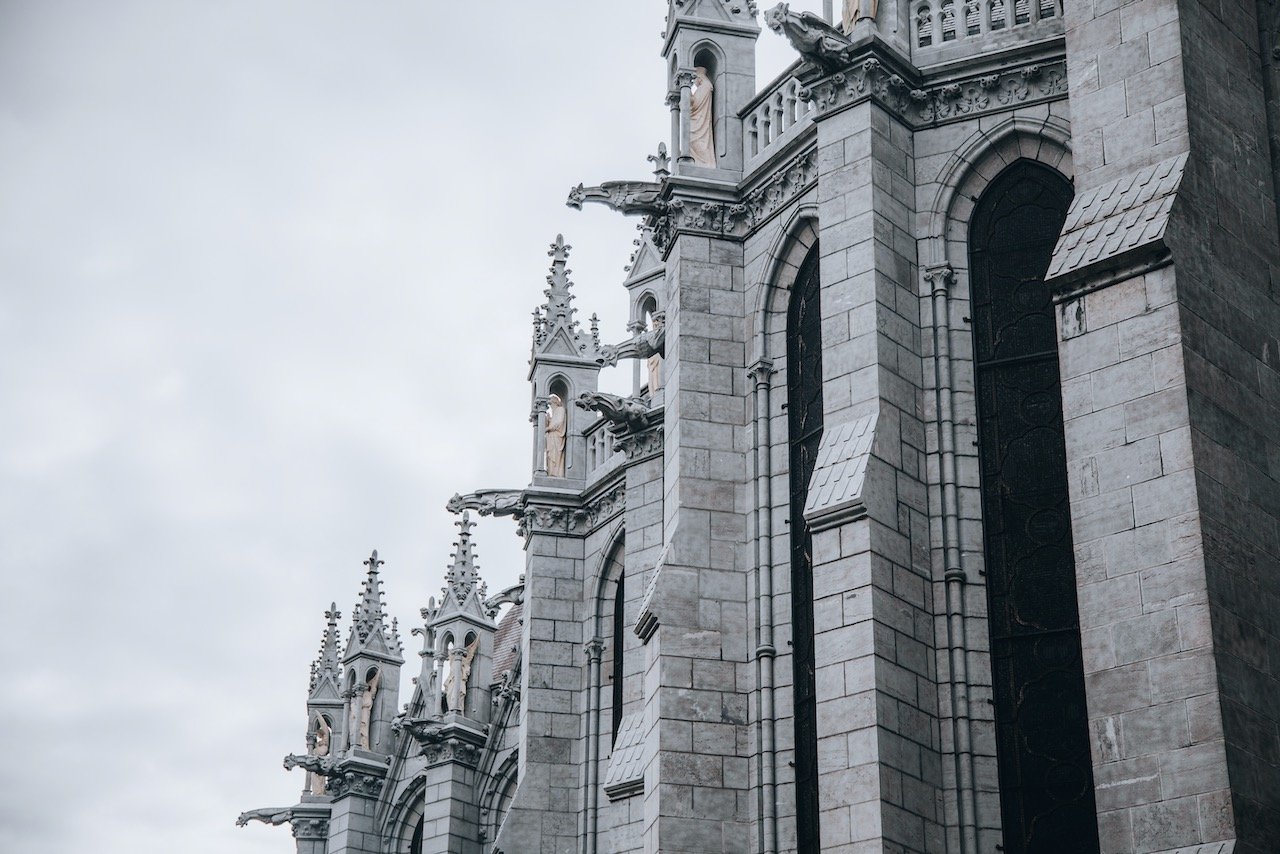
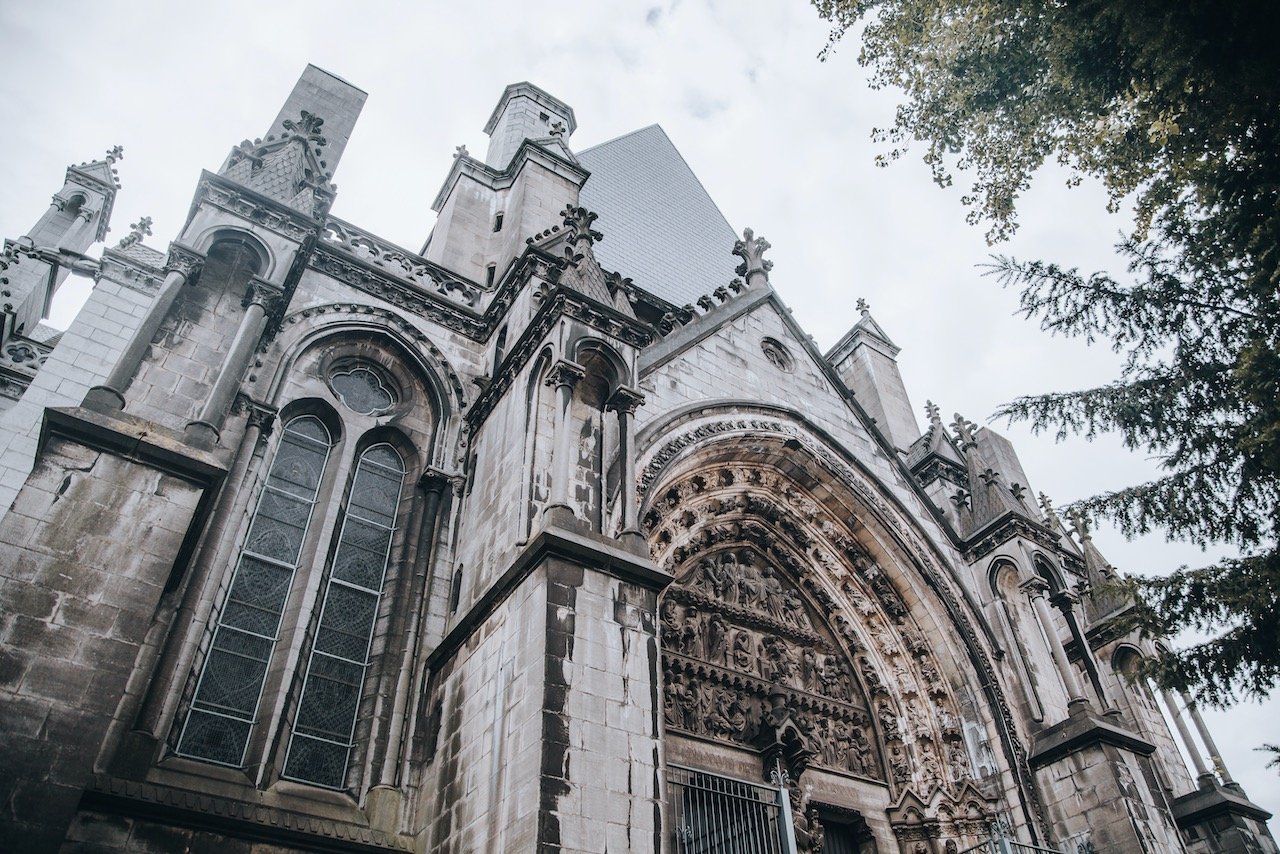
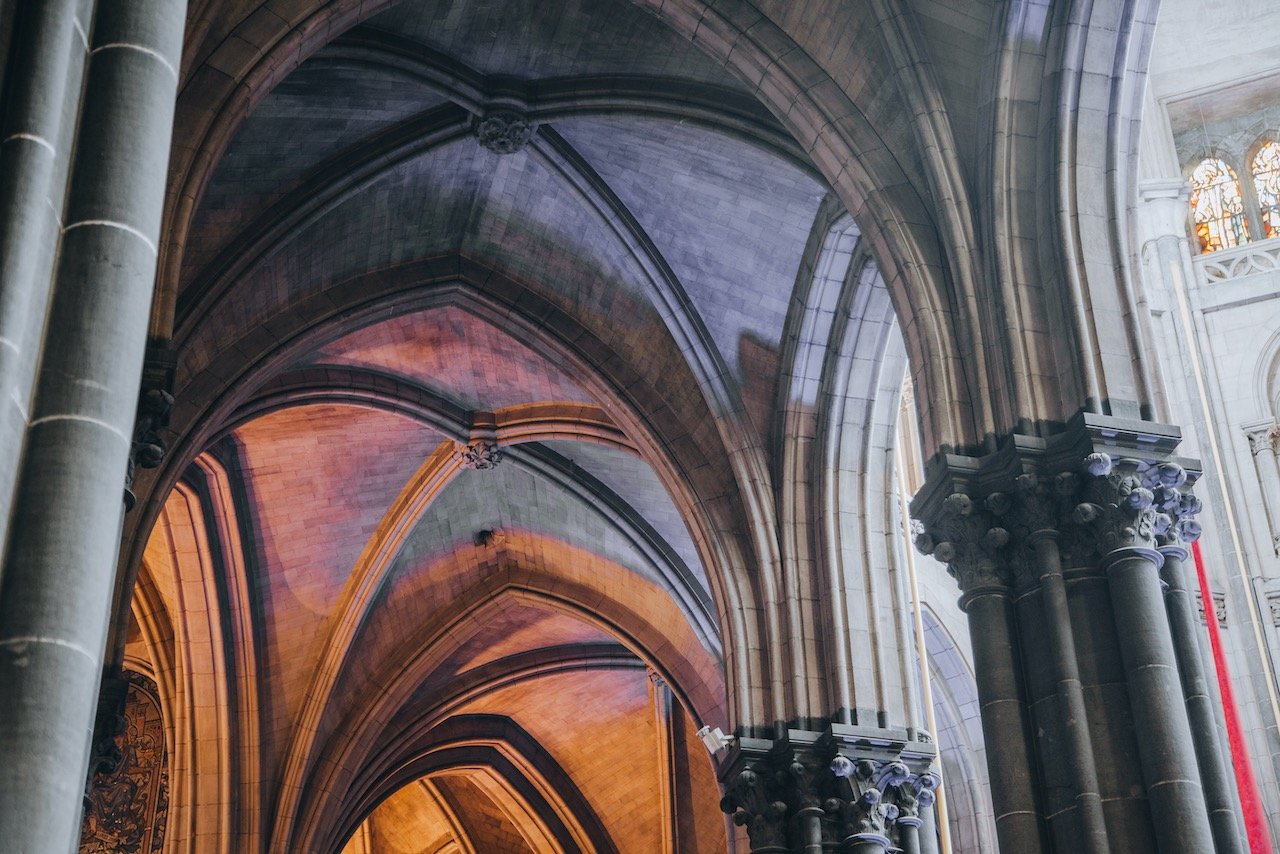
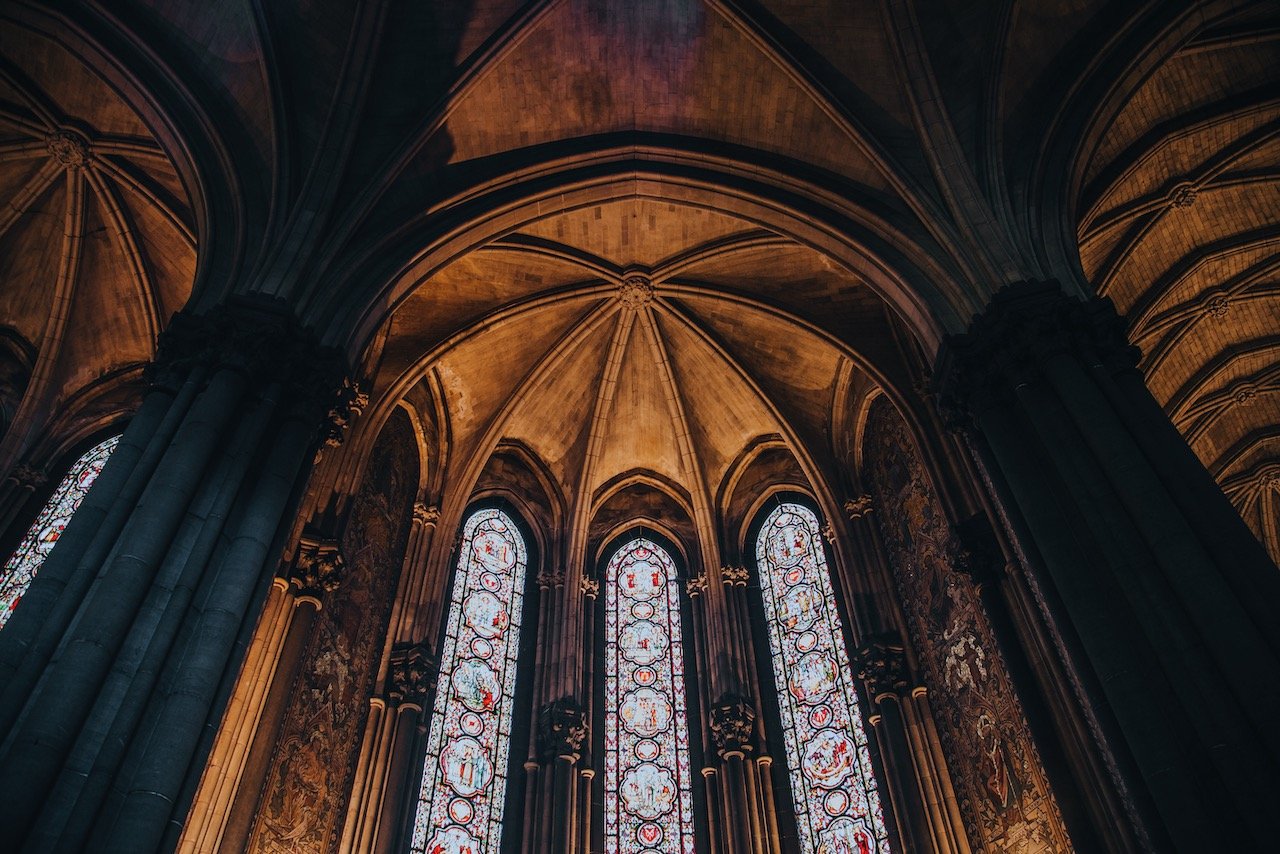
It took nearly 150 years to complete, starting in 1854 with the laying of the foundation. Lille architect Charles Leroy initiated the construction of the cathedral in stages, under several generations of architects. Finally in 1999, it was completed. I can also honestly say that the inside of the cathedral is just as gorgeous as the outside. I can’t decide which I like best but this is a must see place in Lille.
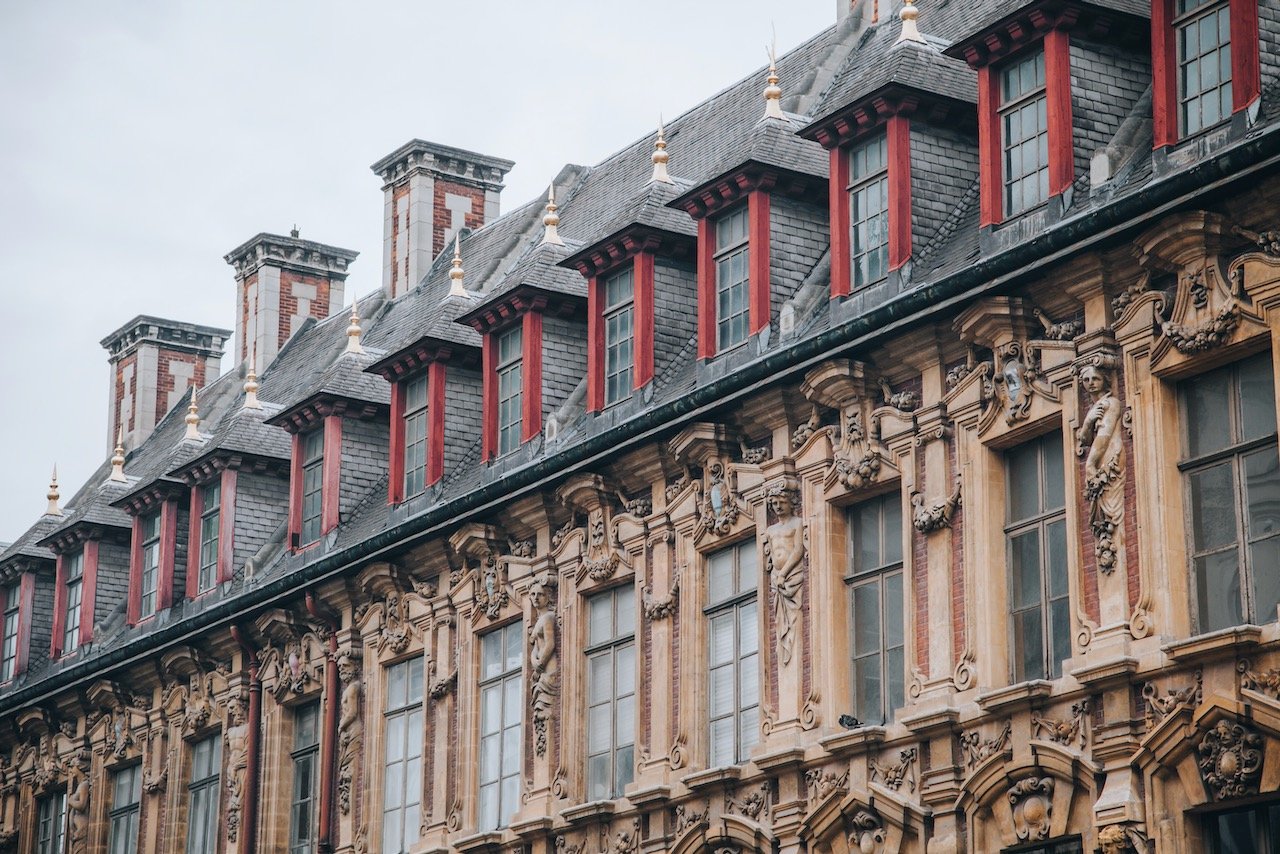
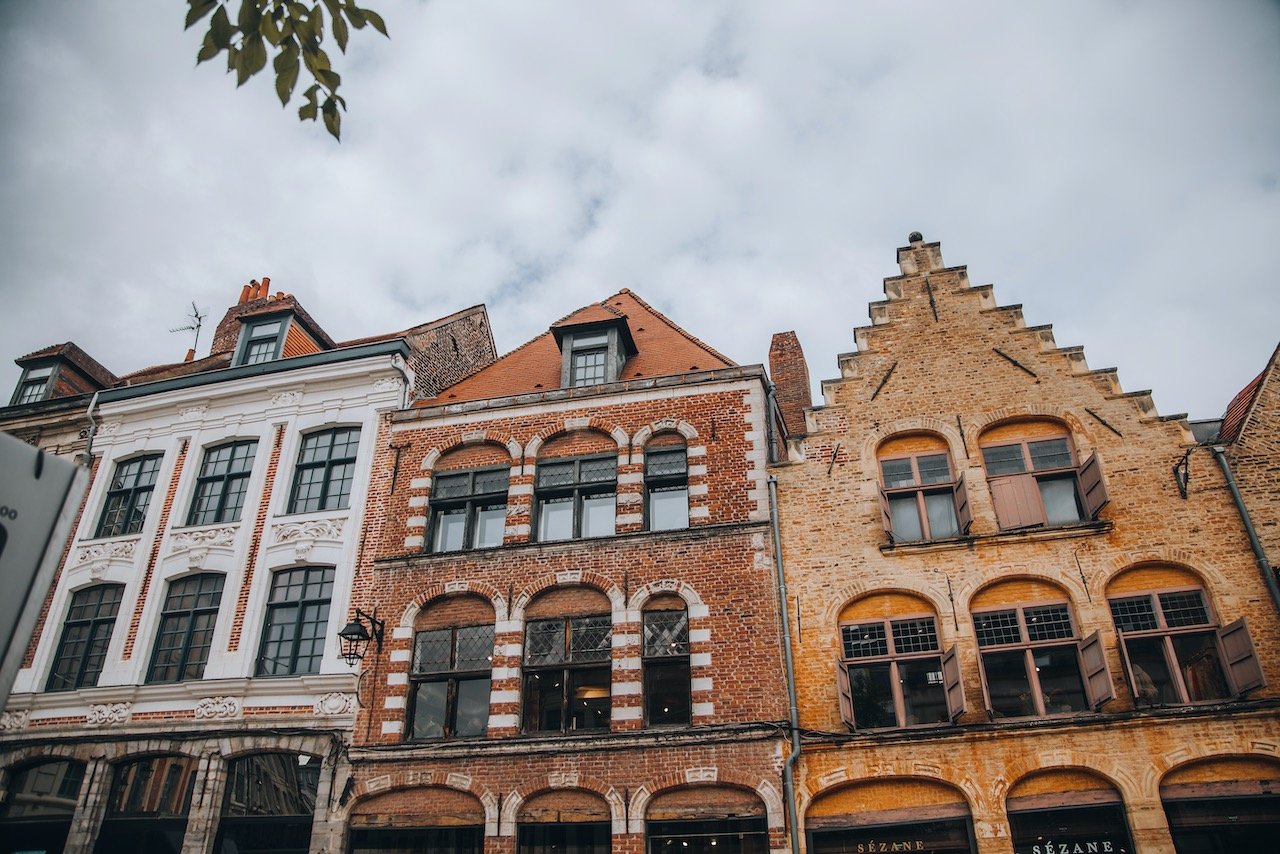

The Grand Palace or the Place du General de Gaulle is centrally located in Lille. There is a Goddess statue in the middle of the square which commemorates the siege of Lille by Austria in 1792. Nearby is the Old Stock Exchange, otherwise known as La Vieille Bourse. I walked through the building’s courtyard and found that it was a popular meeting place with booksellers and florists, along with people playing chess.
At the crossroads of Rue Nationale and Solférino, stands the Sacred Heart of Jesus Catholic Church. It was built in the late 19th century by architect Jules Batigny. Even though the church has been open for over a century, its bell tower is still yet to be completed. Nonetheless, I found this church to be particularly striking and one of my favorites in the entire city.
For a great coffee and tea break, Bloom Cafe is a place I checked out while googling ‘great cafes in Lille’. The reviews were great and when I entered, I was immediately greeted by two very kind French woman. I asked for a Chai latte in english and was given one of the most delicious ones I had ever had. Furthermore, I stayed for about two hours so I could give my feet a break and the whole vibe of the place really relaxed me. The cherry on top was their hilarious WiFi password: ok.bloomer.
For those of you know love donuts, which should be everyone, you’ll be happy to know that there is a place here in Lille called The Donut House. This place is located in Vieille Bourse and uses top quality ingredients for their donuts, made everyday. They also have pretty decent coffee from a regional roaster as well as Ceylon tea.
